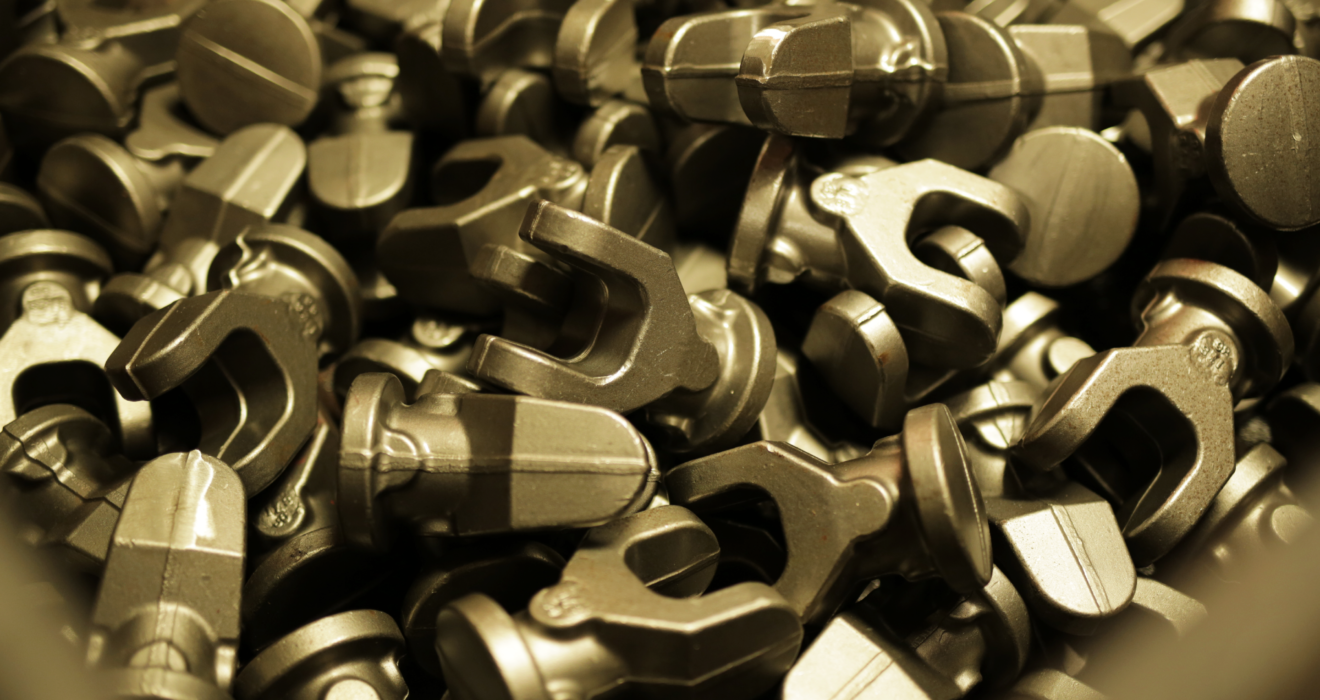
Forging is a time-honored manufacturing process that has been utilized for centuries to create durable and reliable components for various industries. In today's rapidly evolving manufacturing landscape, forging continues to stand out as a preferred method for producing high-quality parts.
One of the primary advantages of forged parts over other manufacturing methods is their exceptional strength and durability. Here's why forged parts excel in this aspect:
During the forging process, the metal is subjected to compressive forces, which result in a refined grain structure. This refined grain structure enhances the strength of the material, making forged parts more resistant to fatigue, impact, and wear.
Unlike cast or machined parts, forged parts exhibit directional strength due to the alignment of grain flow. This directional strength ensures optimal performance in applications where load directionality is critical, such as aerospace and automotive components.
Forging minimizes the presence of internal voids and porosity in the material, leading to improved structural integrity and reliability. This reduction in defects enhances the overall mechanical properties of forged parts, making them suitable for demanding applications.
Contrary to popular belief, forging can be a cost-effective manufacturing method when compared to alternative processes. Here are some reasons why forged parts offer excellent value for money:
Material Savings: The precision of the forging process allows for minimal material waste, reducing material costs compared to other methods like machining or casting. Additionally, the superior strength of forged parts may allow for material downsizing without sacrificing performance, further reducing material expenses.
Longevity and Reliability: While the initial investment in forging equipment may be higher than other manufacturing methods, the longevity and reliability of forged parts result in lower lifecycle costs. Forged components typically require less maintenance, repair, and replacement over time, leading to overall cost savings.
Machining Reduction: Forging can often produce near-net shape parts, minimizing the need for extensive machining operations. This reduction in machining requirements not only saves time and labor costs but also preserves material integrity and dimensional accuracy.
Tooling Longevity: The dies and tooling used in the forging process are designed for durability and longevity. Although initial tooling costs may be higher, the extended lifespan of forging tooling reduces the need for frequent replacements, ultimately lowering production costs over the long term.

Forging offers a high degree of versatility and adaptability, making it suitable for a wide range of applications across various industries. Here's how forging stands out in terms of versatility:
Material Flexibility: Forging can be performed on a wide range of metals and alloys, including steel, aluminum, titanium, and exotic alloys. This flexibility allows manufacturers to choose the most suitable material for their specific application requirements, whether it's high strength, corrosion resistance, or temperature resistance.
Complex Geometries: Despite its traditional image, forging is capable of producing complex and intricate shapes with tight tolerances. Advanced forging techniques, such as precision closed die forging and near-net shape forging, enable the production of complex geometries with minimal secondary operations.
Size Range: From small precision components to large-scale industrial parts, forging can accommodate a broad size range of parts. Whether it's a tiny gear or a massive crankshaft, forging can deliver consistent quality and performance across different size categories.
Customization Options: Forging allows for extensive customization options, including surface finishes, coatings, and secondary operations such as machining and heat treatment. This customization capability enables manufacturers to tailor forged parts to meet specific customer requirements and industry standards.

In conclusion, forged parts offer numerous advantages over other manufacturing methods, including superior strength, durability, and cost-effectiveness. The precision and reliability of the forging process result in high-quality components that excel in demanding applications across various industries. From aerospace to automotive, forging continues to be a preferred choice for producing critical components that meet the highest standards of performance and reliability.